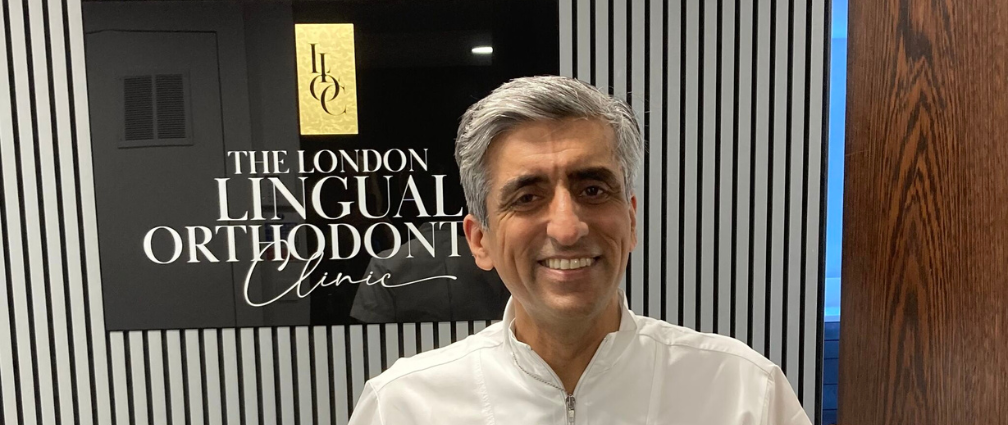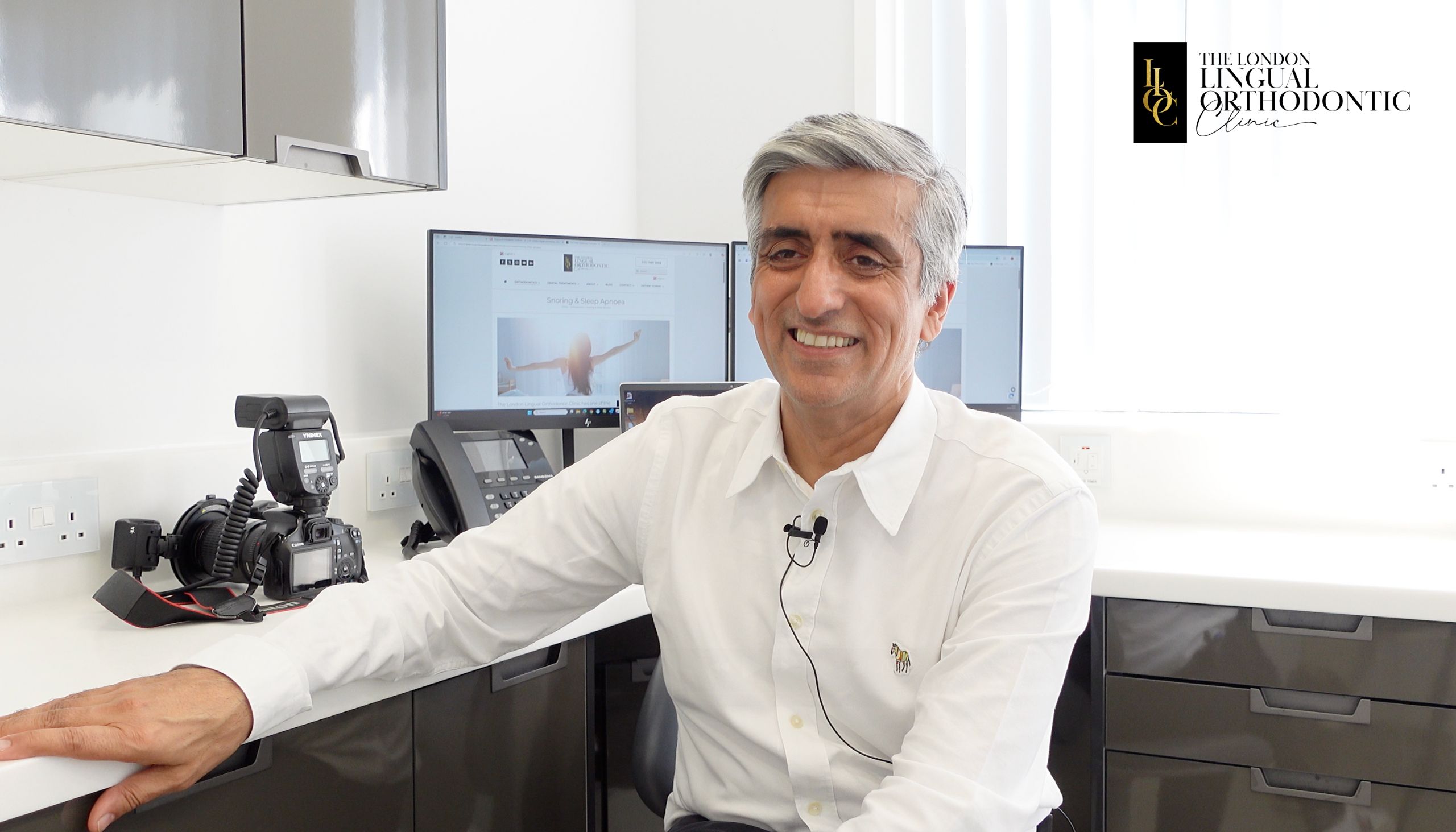With 6,500 languages spread across 196 countries, it’s fair to say that there are many different ways of expressing ourselves as human beings. I have often heard the term ‘everyone smiles in the same language’ – a saying which one can certainly draw some hope from when feeling a little down in the dumps on a rainy morning in London. A smile can go a long way in a big city like London where hundreds of strangers pass on the street every day. However, as much as I love the philosophy behind the quote, I’m not sure that it is universally true.
The Russian Smile
Recently, I came across an old opinion piece in the Moscow Times entitled ‘Why Russians don’t smile’. Intrigued, I took a look and was met with an opening line which said, ‘In general, the American smile has a terrible reputation in Russia’. According to the article, this particular attitude stems back to the Soviet era when (during times of cold war suspicion on either side), the beaming, American smile historically known as a friendly and positive custom, was seen as an insincere act. A polite gesture of duty designed to hide true emotion or even important secrets. After doing some further reading, I discovered that a genuine smile in Russia is said to be one of personal sympathy, but never politeness. Something saved for a person’s nearest and dearest and not for business or meetings of strangers.
By contrast, historians suggest that the American smile- regarded as a friendly gesture of trust, became increasingly important in the USA’s early days as a frontier society with few laws. A friendly smile could have aided relations between people meeting across a border or crossing for the first time.
Observations
As with anything, I doubt that either observation is one that would be true of all people living in Russia or America. Anymore true than the old joke about all English people suffering with terrible teeth. There are many references out there in films, books and theatre that look at the difference in customs between the West and the East. A country which has always been a subject of fascination for those in the Western world is Japan. In fact, according to this article, people from Japan and the USA have often been chosen as opposing subjects for smile studies. Japanese culture observes humility and it is said that value is placed on the ability to suppress emotions in order to improve work or personal relationships.
I was interested to read about Naki-warai- a term used in Japan to describe the act of smiling while crying. Perhaps an odd concept to us here in the UK but researcher, Masaki Yuki of the Hokkaido University says that Japanese people often look to the eyes for emotion cues rather than the mouth. He also goes on to talk about growing up watching Western films where American and European smiles would appear strange. They opened their mouths too widely and raised the corners of their mouths in an exaggerated way.
The social and cultural studies into the act of smiling continue. It is a fascinating subject and one that demonstrates the array of meaning behind a seemingly simple and everyday act. If you’d like to read more about the secrets behind some of the most famous smiles in history, take a look at an earlier blog from our practice manager called The Secrets Behind the Smile.













